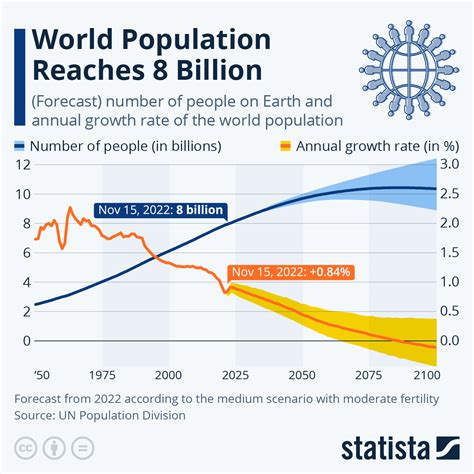5 Ways Real Gases Differ
The behavior of gases is a fundamental aspect of physical chemistry, and while the ideal gas law provides a useful approximation for many purposes, real gases exhibit properties that deviate significantly from ideality. These deviations are crucial for understanding and predicting the behavior of gases in various industrial, environmental, and biological contexts. The differences between real gases and ideal gases can be attributed to several factors, including the finite size of molecules, intermolecular forces, and the complexity of molecular interactions. Here, we delve into five key ways in which real gases differ from their ideal counterparts, exploring the underlying principles and the implications of these differences.
1. Finite Volume of Gas Molecules
Ideal gas theory assumes that gas molecules are point particles with no volume. However, in reality, gas molecules occupy a finite volume. This finite volume becomes significant at high pressures when the molecules are forced closer together, reducing the available space in which they can move. As a result, real gases behave less ideally at higher pressures because the molecules’ volume becomes a more substantial fraction of the total volume. This deviation is particularly noticeable in gases at high densities or in situations where the pressure is significantly increased, such as in industrial processes or deep within the atmosphere.
2. Intermolecular Forces
Unlike ideal gases, where molecules are assumed to interact with each other only through elastic collisions (with no attractive or repulsive forces), real gas molecules experience intermolecular forces. These forces can be attractive (like van der Waals forces) or repulsive and play a crucial role in determining the behavior of real gases. Attractive forces between molecules lead to a reduction in the pressure of the gas compared to an ideal gas under the same conditions, because they reduce the frequency of collisions with the container walls. Conversely, repulsive forces can increase the pressure. Understanding these forces is essential for predicting the physical properties of gases, such as boiling points, melting points, and critical points.
3. Gas Phase Non-ideality
The ideal gas law (PV = nRT) is a simplification that does not account for the complexities of real gas behavior. Real gases deviate from this law, particularly under conditions of high pressure and low temperature. To describe real gases more accurately, equations of state like the Van der Waals equation, the Redlich-Kwong equation, or the Peng-Robinson equation are used. These equations introduce corrections for the finite size of molecules and the presence of intermolecular forces, providing a more realistic model of gas behavior. For instance, the Van der Waals equation includes terms that account for the volume occupied by the gas molecules and the attractive forces between them, offering a more precise prediction of gas behavior under various conditions.
4. Critical Point and Phase Transitions
All real gases have a critical point, beyond which they cannot be liquefied, no matter how much pressure is applied. This critical point is defined by a critical temperature, pressure, and volume. Below the critical temperature, a gas can be liquefied by increasing the pressure. However, above the critical temperature, the distinction between the liquid and gas phases disappears, and the substance is said to be in a supercritical fluid state. This phenomenon is not accounted for by the ideal gas model, which assumes that gases and liquids are distinct phases regardless of the conditions. The critical point is a fundamental property that distinguishes real gases from ideal ones and is crucial for various applications, including supercritical fluid extraction and carbon capture technologies.
5. Joule-Thomson Effect
The Joule-Thomson effect is another phenomenon that highlights the difference between ideal and real gases. When an ideal gas is expanded through a valve or porous plug (a process known as a throttling process), its temperature remains constant. However, real gases exhibit a temperature change during such a process. The direction of the temperature change depends on the gas and the conditions under which the expansion occurs. For most gases at room temperature, the temperature decreases upon expansion (a cooling effect), which is the principle behind gas refrigeration. The Joule-Thomson effect is a direct result of the intermolecular forces present in real gases and is not predicted by the ideal gas model, underscoring the importance of considering real gas behavior in practical applications.
What are the main reasons for the deviation of real gases from ideal behavior?
+The main reasons include the finite volume of gas molecules and the presence of intermolecular forces, which can be attractive or repulsive. These factors lead to deviations from the ideal gas law, particularly under conditions of high pressure and low temperature.
How do intermolecular forces affect the behavior of real gases?
+Intermolecular forces can either attract or repel gas molecules. Attractive forces reduce the pressure of the gas by decreasing the frequency of collisions with the container walls, while repulsive forces can increase the pressure. Understanding these forces is crucial for predicting physical properties such as boiling points and critical points.
What is the significance of the critical point in real gases?
+The critical point marks the condition beyond which a gas cannot be liquefied, regardless of the pressure applied. It is defined by a critical temperature, pressure, and volume, and it signifies the transition to a supercritical fluid state. The critical point is a key property that distinguishes real gases from ideal ones and is important for various applications.
In conclusion, real gases exhibit behaviors that significantly deviate from the ideal gas model due to the finite volume of their molecules, the presence of intermolecular forces, and other factors. Understanding these deviations is essential for predicting and explaining the physical properties and behaviors of gases under various conditions. By acknowledging and accounting for these differences, scientists and engineers can better design and optimize systems that involve gases, from industrial processes to environmental monitoring and beyond. The study of real gas behavior continues to evolve, with advancements in theory and experiment continually refining our understanding of the complex interactions that govern the behavior of gases in the real world.



